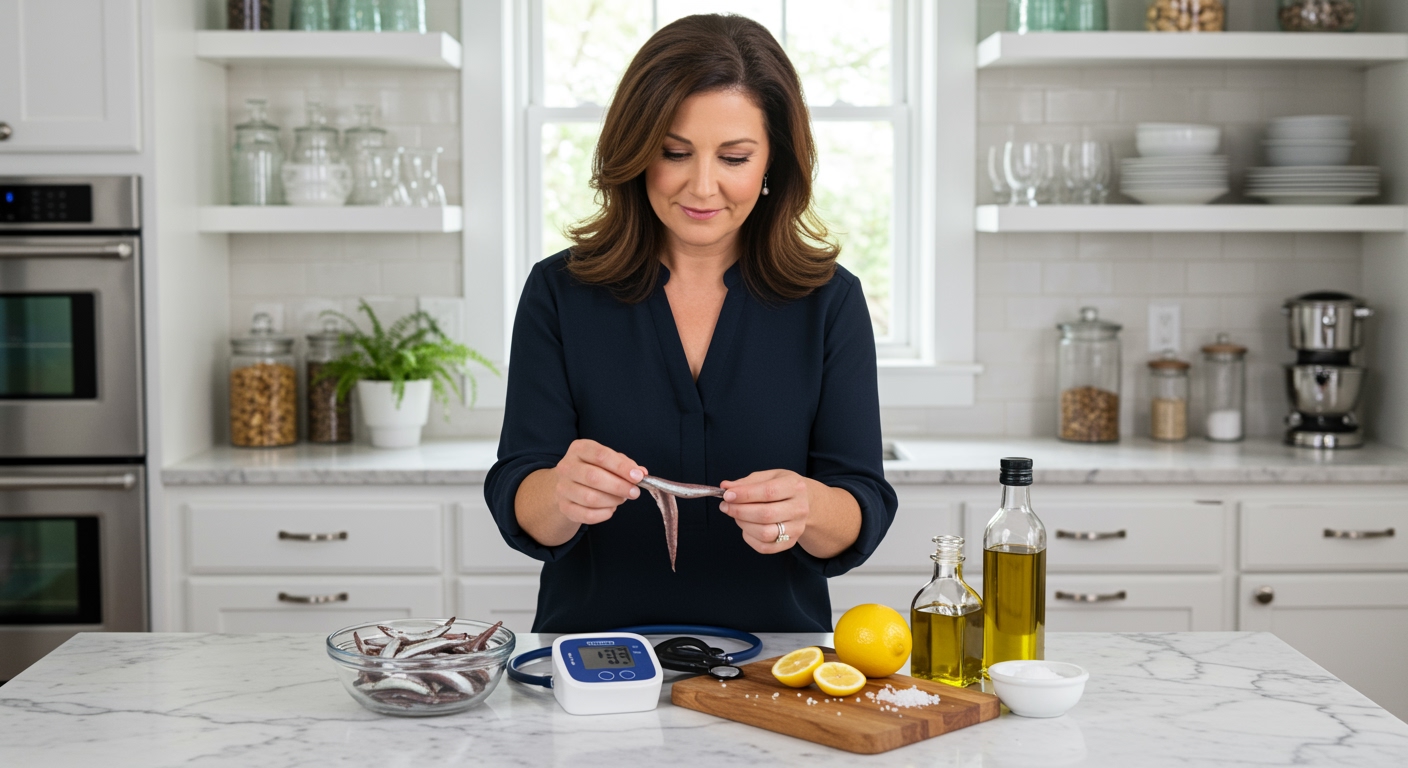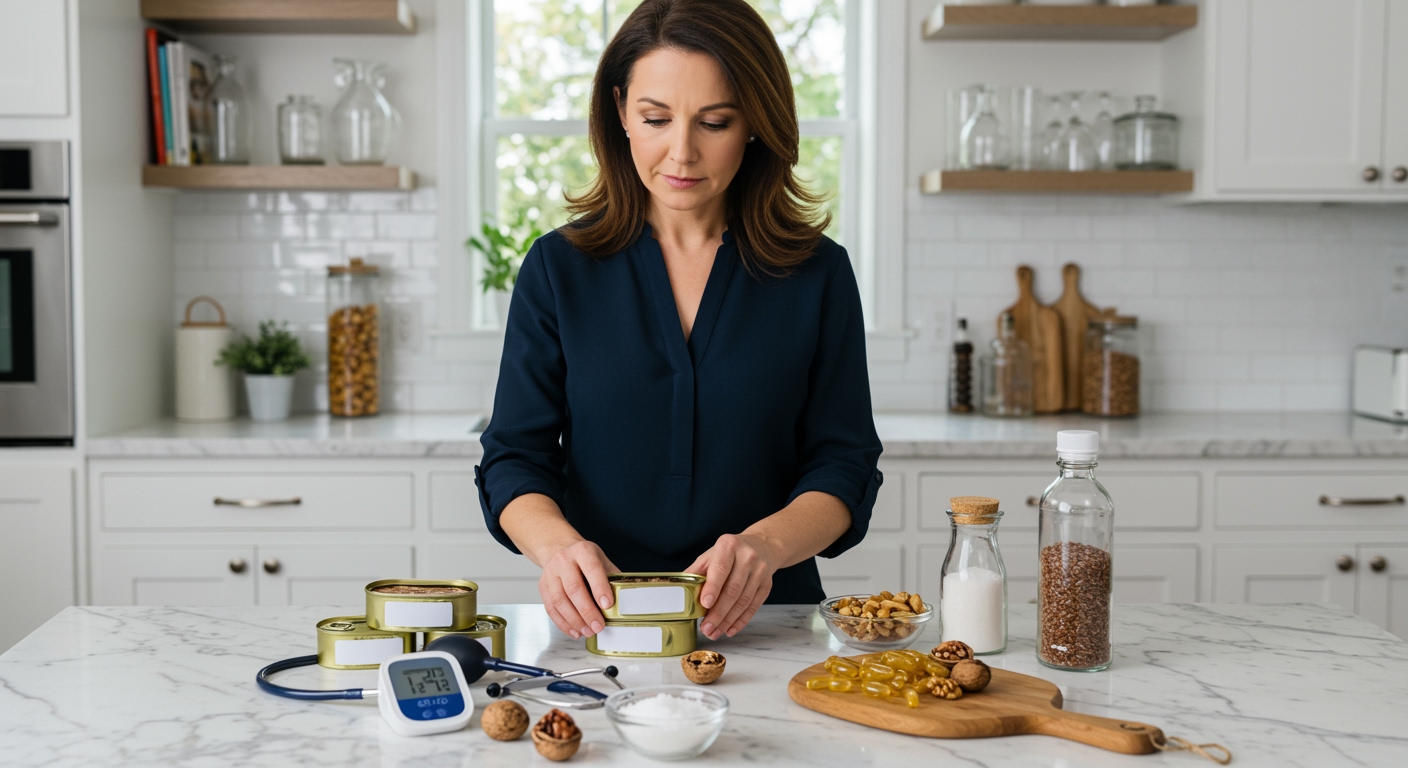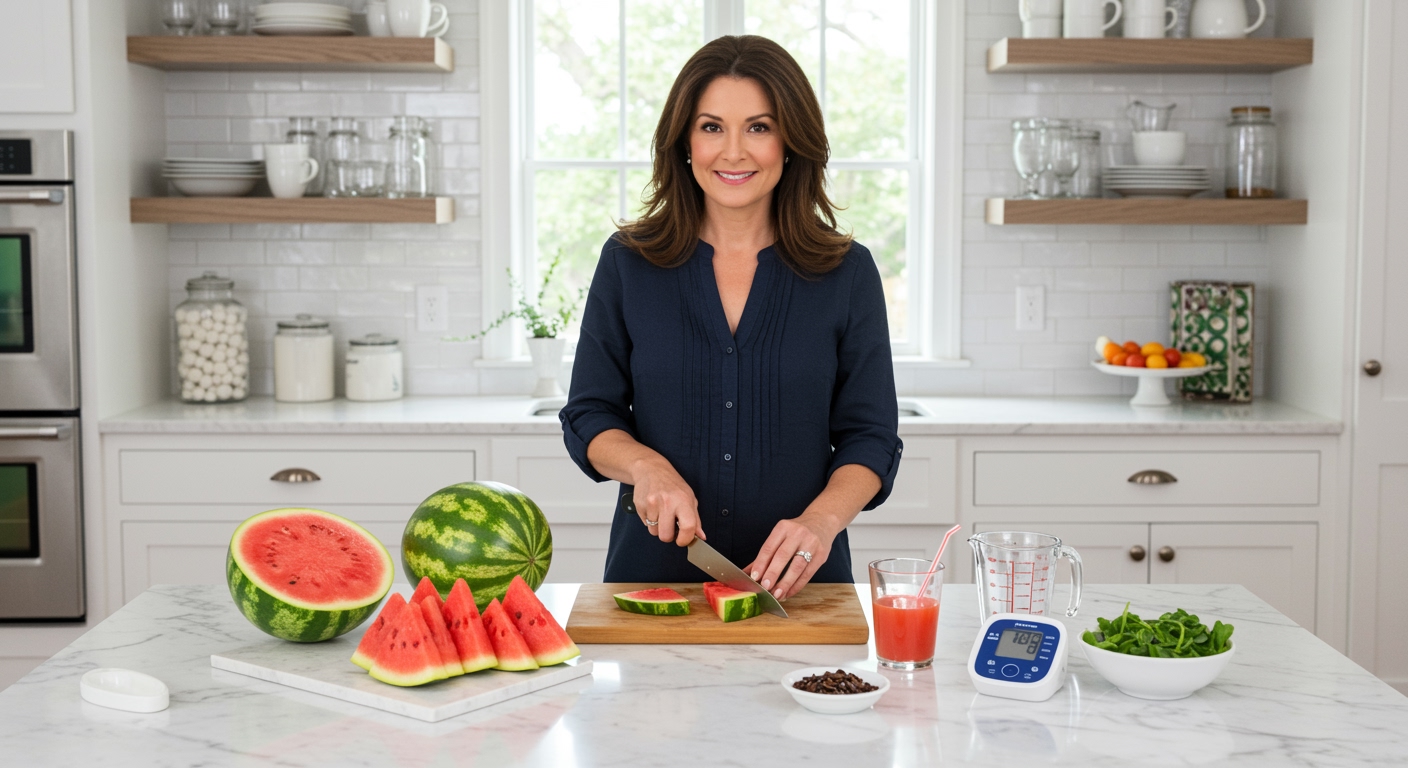✪ Key Takeaway: Wild garlic may help lower blood pressure through sulfur compounds, but research is limited compared to regular garlic.
Introduction
You walk through the forest and catch that unmistakable garlicky smell wafting from the ground.
You might be wondering if this wild cousin of regular garlic can help manage your blood pressure naturally, especially since you have heard about garlic benefits before.
Hi, I am Abdur, your nutrition coach and today I am going to explain whether wild garlic can actually lower your blood pressure and how it compares to the garlic you buy at the store.
What Makes Wild Garlic Different From Regular Garlic?
Wild garlic belongs to the same family as regular garlic but grows naturally in forests and woodlands across Europe and parts of Asia.
The leaves look similar to lily of the valley, but the distinctive smell gives it away immediately when you crush them between your fingers.
Unlike regular garlic that forms bulbs underground, wild garlic produces broad flat leaves that people harvest in spring before the plant flowers.
The sulfur compounds in wild garlic are similar to those in regular garlic, but they exist in different concentrations and combinations.
These compounds include allicin, which forms when you crush or chop the leaves, releasing enzymes that create the characteristic pungent aroma.
Wild garlic also contains vitamins A and C, along with minerals like iron and manganese that support overall cardiovascular health.
✪ Fact: Wild garlic contains up to 20 different sulfur compounds that contribute to its potential health benefits.
How Does Garlic Affect Blood Pressure?
Regular garlic has been studied extensively for its effects on blood pressure, and the results show modest but consistent benefits.
The main mechanism involves allicin and other sulfur compounds that help relax blood vessels by increasing nitric oxide production in your body.
Nitric oxide acts as a natural vasodilator, which means it signals your blood vessels to widen and allows blood to flow more easily.
Studies show that garlic supplementation can reduce systolic blood pressure by about 8-10 mmHg and diastolic pressure by 5-6 mmHg in people with high blood pressure.
The sulfur compounds also appear to inhibit an enzyme called ACE, which normally causes blood vessels to constrict and increase blood pressure.
Additionally, garlic may help reduce inflammation in blood vessel walls and prevent the formation of arterial plaque that can contribute to hypertension.
✪ Pro Tip: The blood pressure benefits of garlic typically appear after 8-12 weeks of consistent consumption.
Does Wild Garlic Have The Same Blood Pressure Benefits?
The research on wild garlic specifically for blood pressure is much more limited compared to regular garlic studies.
However, since wild garlic contains similar sulfur compounds, it likely provides comparable benefits to regular garlic, though possibly in different amounts.
Some preliminary studies suggest that wild garlic may actually have higher concentrations of certain antioxidants compared to cultivated garlic.
The allicin content in wild garlic appears to be significant, which means it should theoretically provide similar vasodilating effects as regular garlic.
Wild garlic also contains additional compounds like saponins and flavonoids that may offer extra cardiovascular protection beyond what regular garlic provides.
The main challenge is that wild garlic is seasonal and harder to standardize for consistent dosing compared to garlic supplements or regular garlic cloves.
✪ Note: Always properly identify wild garlic before consuming, as it can be confused with toxic plants like lily of the valley.
How Much Wild Garlic Should You Eat For Blood Pressure?
Since specific dosing studies for wild garlic are lacking, we can use regular garlic research as a general guideline for potential benefits.
Most studies showing blood pressure benefits used doses equivalent to 1-2 fresh garlic cloves daily, which contains about 5-10 mg of allicin.
For wild garlic leaves, this might translate to roughly 10-15 grams of fresh leaves per day, though the exact allicin content can vary significantly.
You can add wild garlic leaves to salads, soups, or pesto, but remember that cooking reduces the allicin content significantly.
Raw or lightly cooked wild garlic will preserve more of the active compounds that potentially benefit blood pressure.
Start with smaller amounts to assess your tolerance, as some people experience digestive upset from consuming large quantities of any garlic variety.
✪ Pro Tip: Chop wild garlic and let it sit for 10 minutes before eating to maximize allicin formation.
What Are The Limitations And Safety Concerns?
The biggest limitation is the lack of specific research on wild garlic for blood pressure management compared to regular garlic.
Wild garlic can interact with blood-thinning medications just like regular garlic, potentially increasing bleeding risk if you take anticoagulants.
Some people may experience digestive issues including heartburn, gas, or stomach upset when consuming wild garlic regularly.
The seasonal availability means you cannot rely on wild garlic as a year-round solution for blood pressure management.
Proper identification is crucial because wild garlic can be confused with toxic plants that grow in similar environments.
If you have high blood pressure, wild garlic should complement, not replace, proven treatments like medication, diet changes, and exercise that your doctor recommends.
✪ Note: Always consult your healthcare provider before using wild garlic medicinally, especially if you take blood pressure medications.
The Bottom Line
Wild garlic likely offers similar blood pressure benefits to regular garlic due to comparable sulfur compounds, but specific research is limited.
Nature provides many tools for health, but the best tool is knowledge about how to use them safely and effectively.
I would love to hear about your experiences with wild garlic or any questions you have about natural approaches to blood pressure management in the comments below.
References
At NutritionCrown, we use quality and credible sources to ensure our content is accurate and trustworthy. Below are the sources referenced in creating this article:





